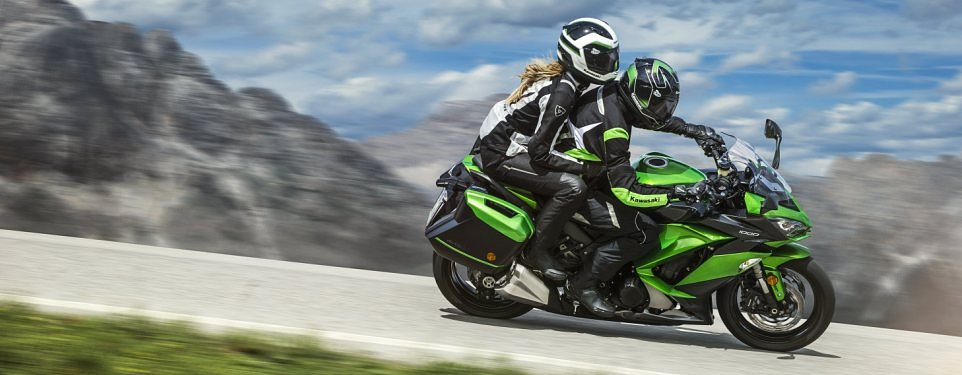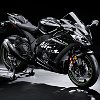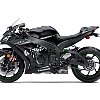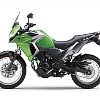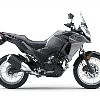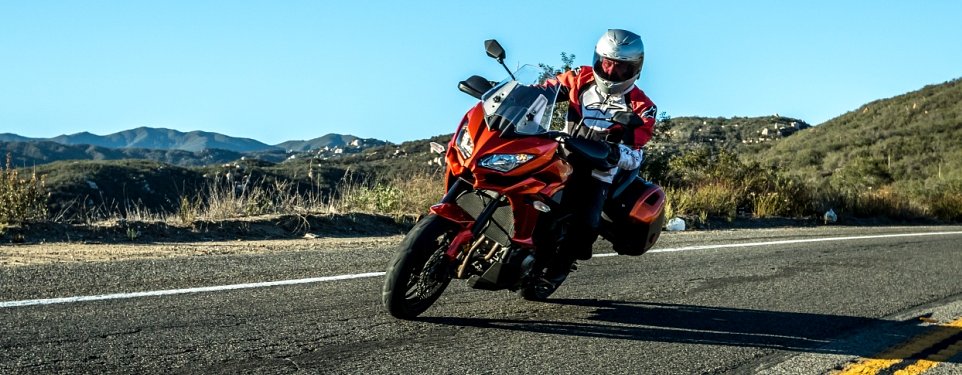After showing new models at the European shows, Kawasaki has confirmed which new bikes are coming to the U.S. market for 2017. I would categorize a couple of them as pleasant surprises.
At Intermot, Kawasaki showed the Ninja ZX-10RR, the homologation special that will serve as the platform for Kawasaki's defense of its World Superbike title. No surprise that this limited edition bike will be available in the U.S. market. There are some other new models, and we'll get to those in a minute. But to me, the two most interesting surprises are the introduction of the Versys-X 300 and the upgrades to the Ninja 1000 sport-tourer.
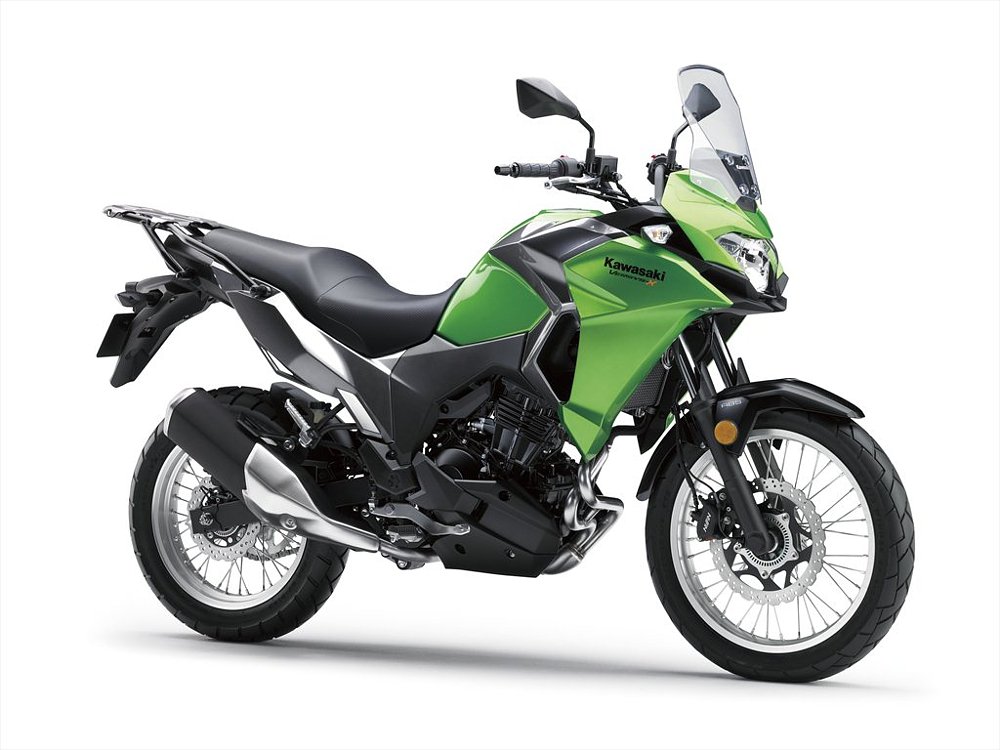
2017 Kawasaki Versys-X 300: More adventurous
There's a reason for the X in the name. The littlest Versys is also a departure for the line. Kawasaki introduced the Versys 650 in 2008 and followed up with the Versys 1000, which came to the U.S. market two years ago in LT trim, with saddlebags as standard equipment. Both of those bikes had the upright stance of an adventure-tourer, but the components were purely street bike, starting with the 17-inch wheels front and rear. The styling and the spoked wheels on the new Versys earn the added X. The new bike blurs the lines more than the previous Versys models.

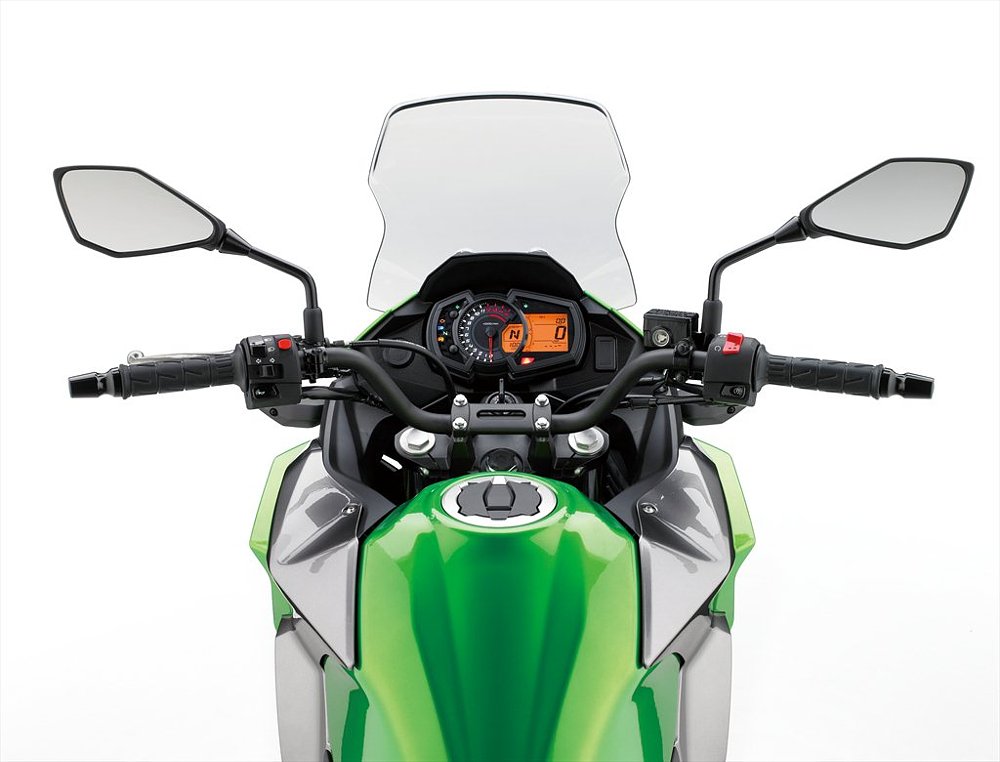
Those spoked wheels come with 100/90-19 front and 130/80-17 rear tires, which gives riders a wide range of tires to choose from to fine-tune the Versys-X to the current mission. The bike comes with street-oriented tires, but anything up to serious knobbies will fit. The Versys has a single disc brake on each wheel.
Three key pieces of information remain missing. Kawasaki hasn't yet told us the weight, suspension travel or seat height for the Versys-X. ZLA friend Jack Broomall called in from EICMA, where the Versys-X was on display, and noted that the bikes at the show had a definite pre-production look to them, so that probably explains why Kawasaki doesn't have all the final details nailed down yet. Filling in those missing details will tell us a lot about how much the Versys-X is a departure in styling terms only or will bring a new level of off-road capability to the street-going Versys line.
One thing we do know is the price. MSRPs in the United States are $5,399 without ABS and $5,699 with.
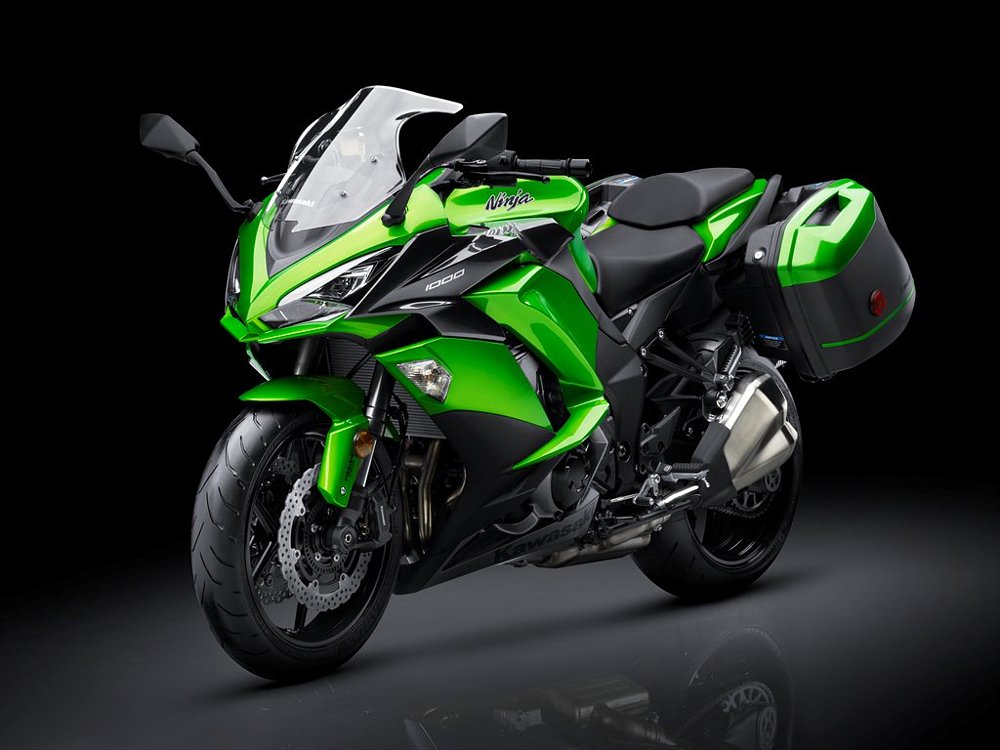
2017 Kawasaki Ninja 1000: Smarter
When I tested the Versys 1000 LT more than a year ago, I cajoled Kawasaki into also letting me run around for a day on the Ninja 1000. I wanted to be able to compare these two bikes which share the same engine but in slightly different tune. The result of my comparison? Though the Ninja 1000 suits my personal preferences a bit better, I walked away with the clear impression that the Versys 1000 LT was a better motorcycle overall. In fact, given that the sport-touring Ninja hasn't exactly stormed out of the dealerships in record numbers, I began to wonder if there was room in the Kawasaki lineup for both. Would the Ninja 1000 get axed now that the Versys 1000 LT was there to handle sport-touring duties with a more ADV-type stance that many riders prefer?
Clearly, I was wrong to worry. Kawasaki has not only kept the Ninja 1000 in the lineup, but has invested in improving it.
The biggest change is the addition of a Bosch Inertial Measurement Unit (IMU). With ABS, three riding modes and two power settings, the Ninja wasn't skimping on electronics to begin with, but now, wth the IMU, it has the brains to consider lean angle when adjusting any of your throttle or brake inputs that might be ill-advised. Kawasaki calls it Kawasaki Cornering Management Function and says the system modulates both engine power and braking to help keep the rider on line through a corner.
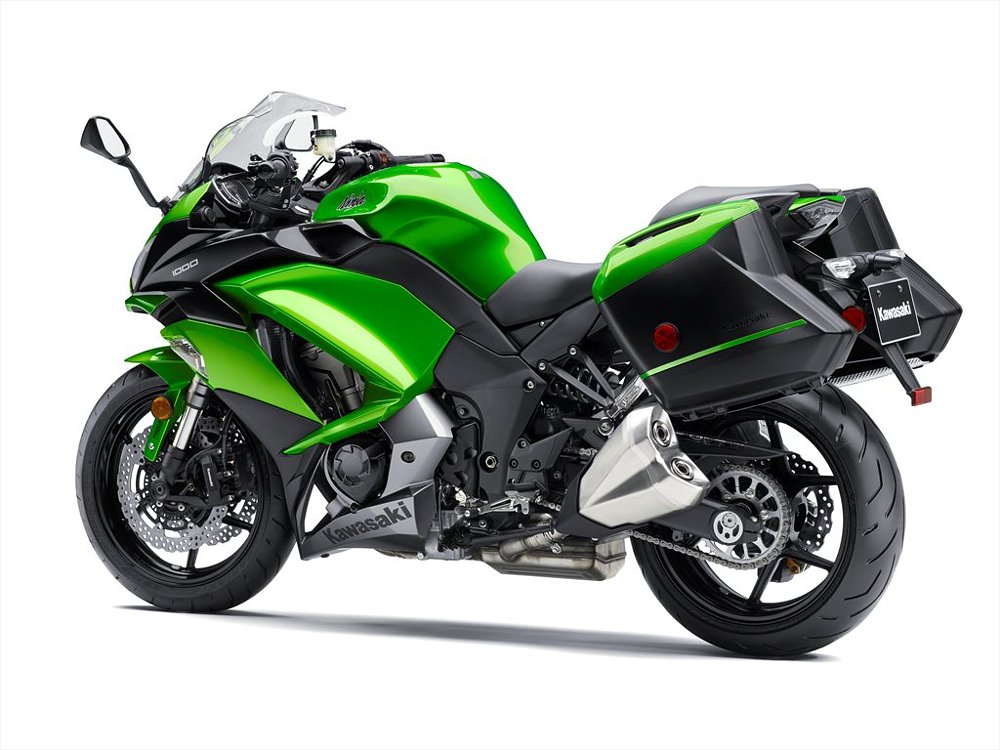

MSRP is $12,199, just $200 more than the 2016 model, and availability is scheduled for March. Among the many approaches to the sport-touring motorcycle, the Ninja 1000 in recent years has been one of a dwindling number of bikes built around the idea of making a sport bike more comfortable, instead of making an adventure bike more street-worthy or a touring bike lighter.
Kawasaki also confirmed some other new motorcycles coming to the U.S. market in 2017.
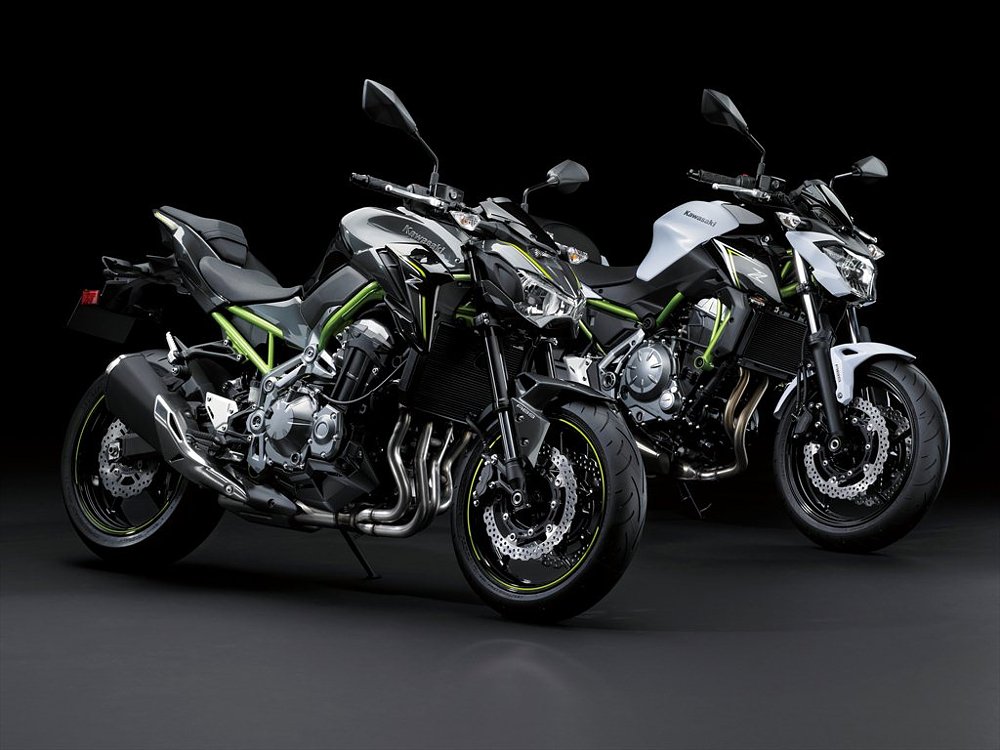
2017 Kawasaki Z900
If I had doubts about there being room for both a Ninja 1000 and a Versys 1000 LT in the lineup, then what am I supposed to think about Kawasaki's new Z900? It clearly makes the Z800 (which weighs more than the Z900) obsolete, but does it also mean the end of the Z1000 line? While we await clarification, let's look at the Z900's specs.
The Z900 is powered by a 948 cc inline four. Like the Z800 before it, it provides a basic street riding platform at lower cost without the electronic rider aids, except for optional ABS. That keeps the cost down to $8,399 without ABS and $8,799 with. The redesigned frame helps to lower the weight, so Kawasaki says the Z900 comes in at 463 pounds in the ABS version, which is a significant improvement over the Z800, which was above 500 pounds.
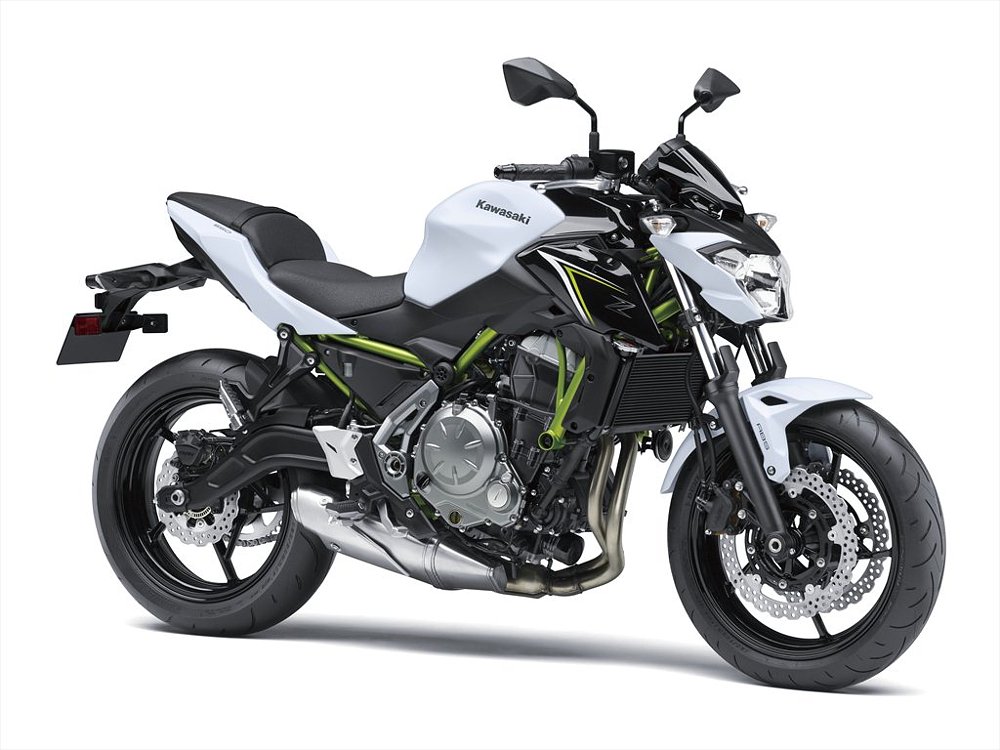
2017 Kawasaki Z650
Kawasaki expands the line of motorcycles built around its 650 cc parallel twin with the addition of the Z650 for 2017. Alongside the Versys and the Ninja 650, the Z650 adds a naked bike to the line. The Z650 is built around the trellis frame that's on the new Ninja 650. MSRP is $7,399 and ABS is standard. We expect to have a chance to get a first test ride of the Z650 soon, so stay tuned.
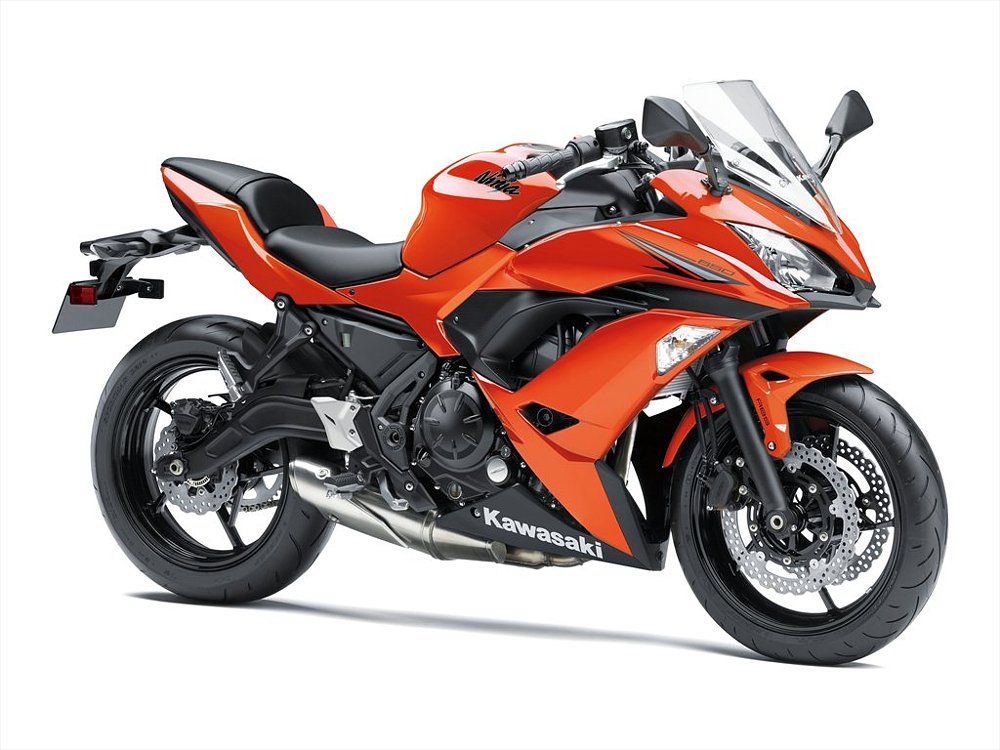
2017 Kawasaki Ninja 650
Kawasaki also refreshed the Ninja 650 for 2017 with the same trellis frame mentioned above. Braking was one of the weak points on Kawasaki's 650 line and a new Nissin brake caliper has been added for 2017. The fairing design has been tweaked, the seat is a bit lower and the grips are a bit higher.
Four colors are available — black, orange, white and lime green — and MSRPs are $7,399 without ABS, $7,799 with ABS, and $7,999 for the KRT Edition graphics.




